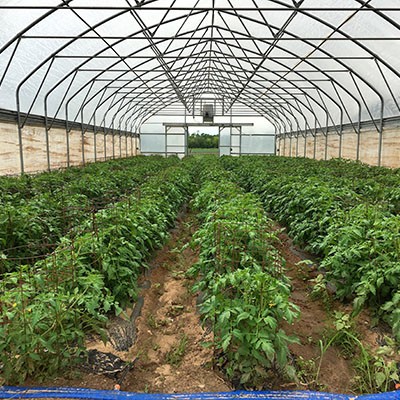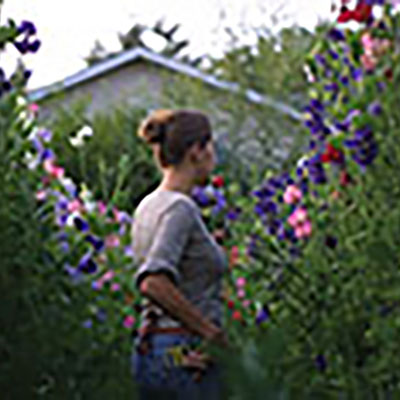Growing for Market in partnership with Johnny's Selected Seeds has created a library of expert information about growing and selling vegetables and flowers. Links in the article will take you to johnnyseeds.com.
Subscribe to Growing for Market for more great ideas about growing and marketing!
For more topics in the series, click on Market Farming Basics in the left column.

![]()
Planting time has arrived, and the seedlings you grew so carefully inside, then hardened off gradually outside, are ready to go into the field or garden. Your goal is to keep them growing rapidly through the transition. That entails avoiding transplant shock, providing the right kind of fertilization, and having irrigation set up so you can water from Day 1.
The phrase "transplant shock" refers to the setback in growth that plants experience when moving from one environment to another or from having their roots damaged by a move. Transplant shock happens to all plants, but most vegetables are able to recover quickly if handled carefully. Here are some strategies for minimizing transplant shock in your seedlings:
- Transplant when your plants are the appropriate size. They should be planted out when they have enough roots to hold the root ball together so they come out of the plug flat easily, but before the roots start to circle or emerge from the bottom of the cell. Old transplants may have reached a reproductive rather than vegetative stage of growth, evidenced by flowering in the cell tray. They will produce earlier, but overall yield will be reduced. Getting them into the ground (if weather permits) before they flower will allow the roots to resume growth and keep them growing vegetatively for a while longer, resulting in stronger plants and better performance all season.
- Water plants thoroughly before taking them to the field. Don't let them dry out during planting! Keep the trays in the shade until you need them.
- Make planting holes, drop in the seedlings, and cover them up as quickly as possible to minimize the time the roots are exposed to air. The general rule is to cover the top of the root ball, to prevent the lighter growing medium around the roots from drying out. If your plants are in peat pots, be sure the top rim of the pot is covered with field soil to prevent the pot from wicking water away from the roots. As with any general rule, there are exceptions. For nightshade crops (tomatoes, peppers, eggplant) the root ball can be buried a little deeper. These plants have the ability to develop adventitious roots from the stem, and by planting them slightly deeper this root formation is stimulated. The roots help to anchor the plant and prevent it from lodging (falling over due to the weight of the fruit). Conversely, lettuce and chicories (endive, escarole, and radicchio) are better planted so the top of the root ball is above the surrounding soil surface. This allows for better air circulation resulting in a reduced likelihood of bottom rot.
- Water the plants, either by hand or by running irrigation right away. Even if the soil is moist, transplants should still be watered in to settle them into their holes and increase the root-to-soil contact.
- Add a dilute water-soluble fertilizer to the watering-in solution. Do not use high-nitrogen fertilizers because they can burn the roots. A dilute, high-phosphorous fertilizer is preferable at transplant. We recommend Neptune's Harvest Fish Fertilizer (2-4-1), which is approved for certified-organic farms, or SeaCom PGR Seaweed Concentrate (0-4-4).
Visit Johnny's Selected Seeds for more free information about growing produce, herbs, cover crops and flowers.
Subscribe to Growing for Market for the latest news and ideas.
Reprinted from JSS Advantage May 2010
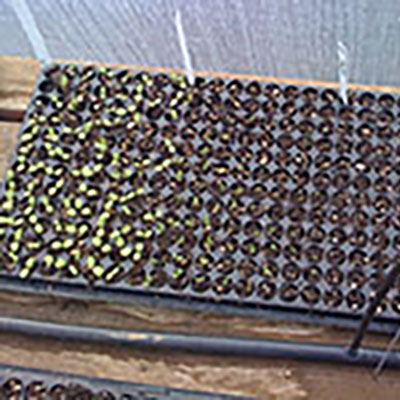
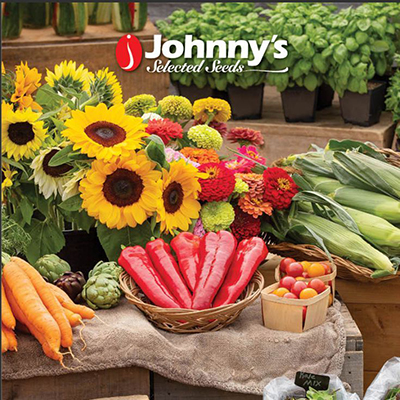
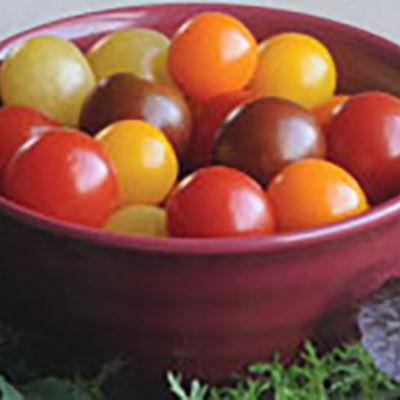

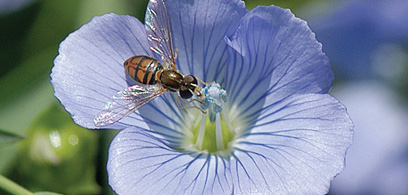 Insect pollination is essential to many vegetable and fruit crops, including tomatoes, squash, pumpkins, watermelons, blueberries, blackberries, apples, almonds, and many others. In the case of watermelons, there will be no fruit without pollination. Some vegetables don't require pollination to set fruit, but pollination by bees will result in larger and more abundant fruits. Nearly 75% of the flowering plants on Earth rely on pollinators to set seed or fruit, as well as one-third of our food crops, and most pollination is performed by honey bees, native bees, and other insects.
Insect pollination is essential to many vegetable and fruit crops, including tomatoes, squash, pumpkins, watermelons, blueberries, blackberries, apples, almonds, and many others. In the case of watermelons, there will be no fruit without pollination. Some vegetables don't require pollination to set fruit, but pollination by bees will result in larger and more abundant fruits. Nearly 75% of the flowering plants on Earth rely on pollinators to set seed or fruit, as well as one-third of our food crops, and most pollination is performed by honey bees, native bees, and other insects. 